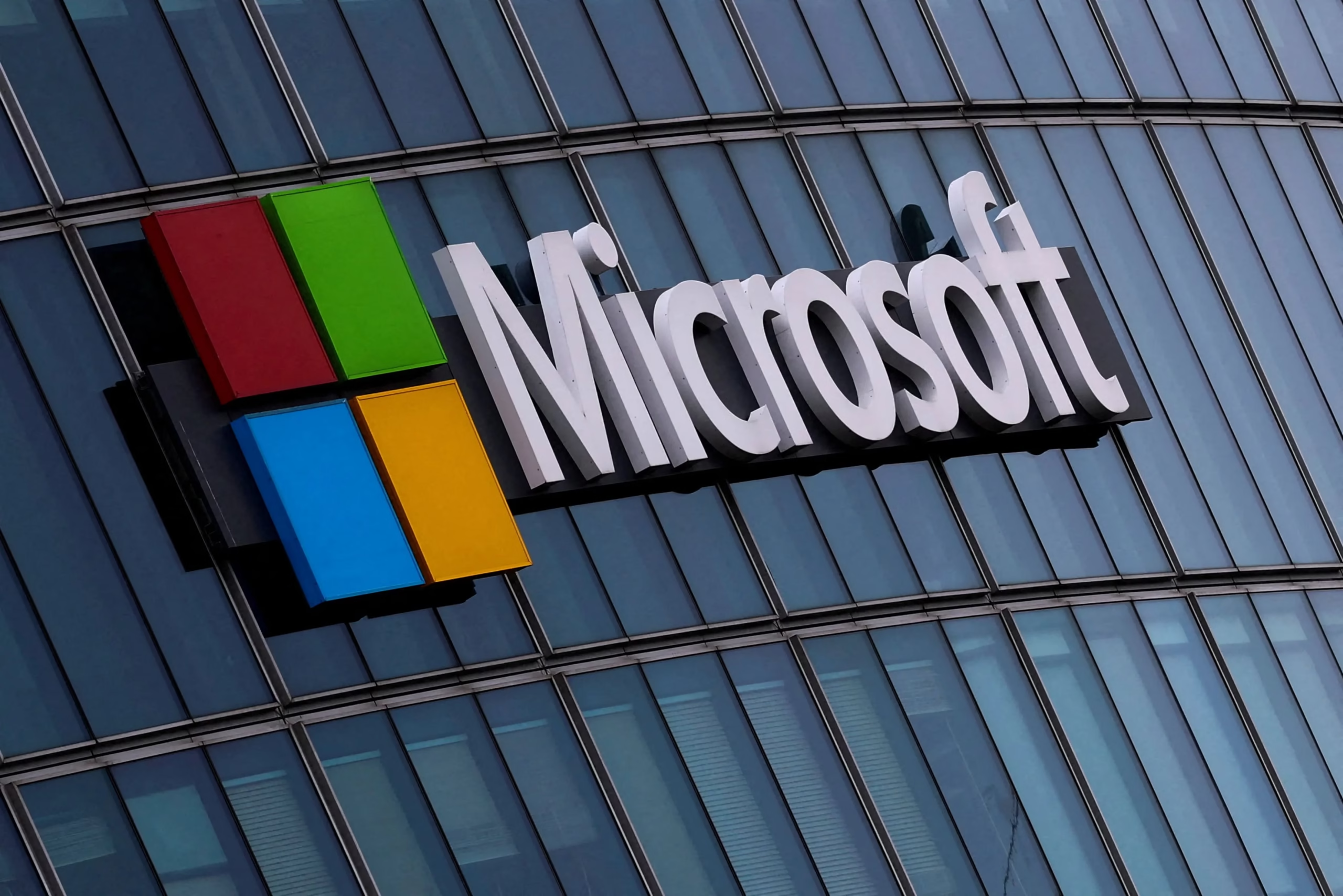Tomahawk Missile: The Strategic Weapon at the Heart of Donald Trump’s Pledge to Ukraine
As the war in Ukraine drags on into a brutal stalemate marked by drone warfare, frozen frontlines, and growing public fatigue in the West, Donald Trump — the Republican frontrunner for the 2025 U.S. presidential election — has reignited debate over a possible game-changer: delivering Tomahawk cruise missiles to Ukraine.
Billed as a “decisive tool of deterrence,” the subsonic, long-range missile — never before supplied to a nation at war with a nuclear power — has sparked concern over the risks of uncontrolled escalation. Here’s a closer look at the technology, politics, and global stakes of this bold proposition.
The Tomahawk: A Symbol of American Firepower
First developed in the 1980s by Raytheon for the U.S. Navy, the Tomahawk Land Attack Missile (TLAM) has long been a hallmark of U.S. military supremacy. Used in the opening hours of conflicts in Iraq, Kosovo, Syria, and Libya, the missile is known for its surgical precision and deep-strike capabilities.
▪️ Range: Up to 2,500 kilometers
▪️ Speed: Subsonic (880 km/h)
▪️ Guidance: GPS, inertial navigation, and terrain contour mapping
▪️ Warhead: Conventional (up to 450 kg) — nuclear versions remain classified
▪️ Launch platforms: Ships, submarines, and ground-based systems
Launched from eastern Ukraine, a Tomahawk could theoretically reach Moscow, Nizhny Novgorod, or Kazan, radically shifting the regional strategic calculus.
Trump’s Shock Diplomacy
During a campaign rally in Cleveland, Donald Trump stated:
“Joe Biden has failed to pressure Putin. I’ll end the war in 24 hours — and that means changing the rules of the game. With weapons like Tomahawks, Kyiv can defend itself and deter aggression.”
Behind the provocative rhetoric lies a hardline logic: “reverse deterrence”, where the ability to strike deep into Russian territory would force the Kremlin to accept a negotiated settlement. It’s a high-stakes strategy, breaking with the cautious approach maintained by the Biden administration.
Moscow on Edge, Kyiv on Alert
🇷🇺 Russia: “A Strategic Red Line”
Kremlin spokesman Dmitry Peskov quickly warned that supplying Ukraine with deep-strike missiles would represent “a change in the nature of the conflict.” Between the lines: Russia could revisit its nuclear doctrine if it felt its territory was directly at risk.
🇺🇦 Ukraine: Strategic Hope, Political Risk
In Kyiv, the potential to receive Tomahawks is viewed with both excitement and caution. A senior Ukrainian defense official said privately:
“Tomahawks would allow us to strike depots, airfields, and logistics centers. But their arrival would also redefine the entire framework of Western aid.”
In short, Ukraine would gain strategic autonomy — but at the cost of possibly broadening the war and drawing in more global powers.
Political Symbol More Than Tactical Reality?
It remains unlikely that the Pentagon would approve such a delivery in the near term, for several key reasons:
Fear of nuclear escalation
Desire to keep the conflict below strategic thresholds
Sensitivity of the technology (guidance systems, warhead software, proprietary tech)
Still, invoking the Tomahawk gives Trump a powerful campaign message: he is the leader who can “bend” adversaries through the threat of overwhelming U.S. force.
Strategic Analysis: Beyond the Missile, a Battle of Narratives
The Tomahawk debate is not just military — it’s geopolitical. It signals a clash of worldviews:
Trump wants to recast the U.S. as a transactional superpower: dominant, unpredictable, and unilateral.
Russia sees this rhetoric as vindication of its own militarized foreign policy.
Europe fears being trapped between American volatility and Russian aggression.
The missile becomes a narrative weapon — symbolizing an America ready to break old rules to impose its version of peace, even at the risk of undermining global stability.
A Virtual Missile, A Real Message
For now, the Tomahawk remains theoretical. But Trump’s proposal is very real — and it may well reshape international red lines long before a single missile is deployed.
In the run-up to the U.S. election, the battlefield is shifting. It’s no longer just tanks and trenches in Ukraine — it’s also ballots, speeches, and the symbolic weight of weapons never fired but loudly promised.














Post Comment